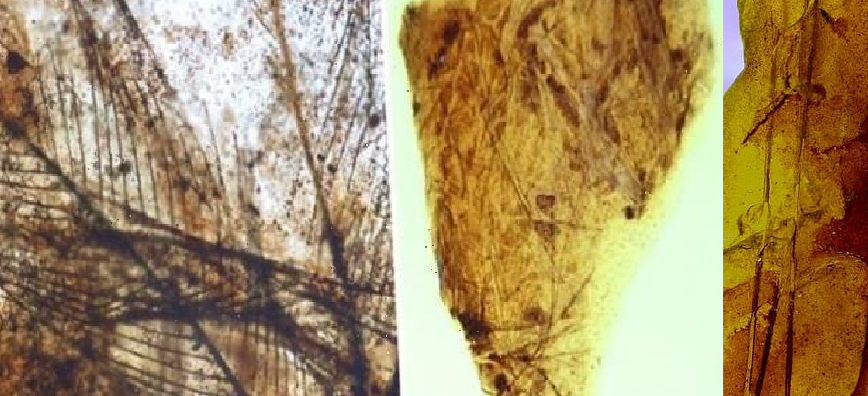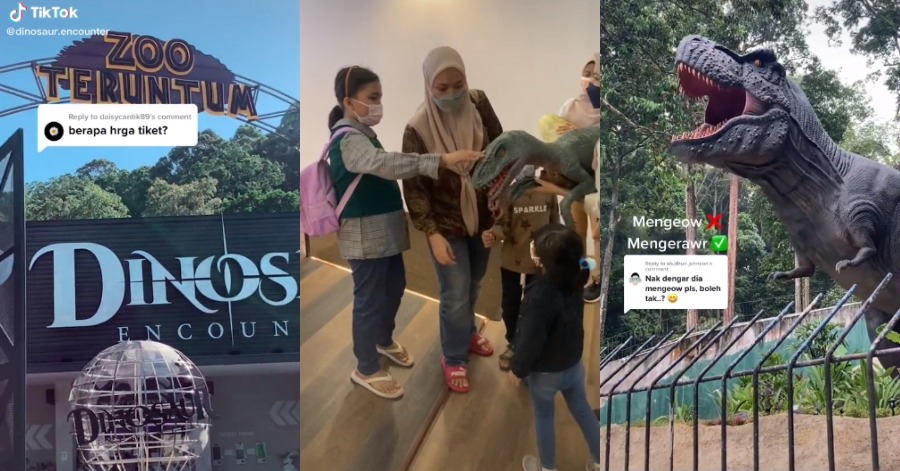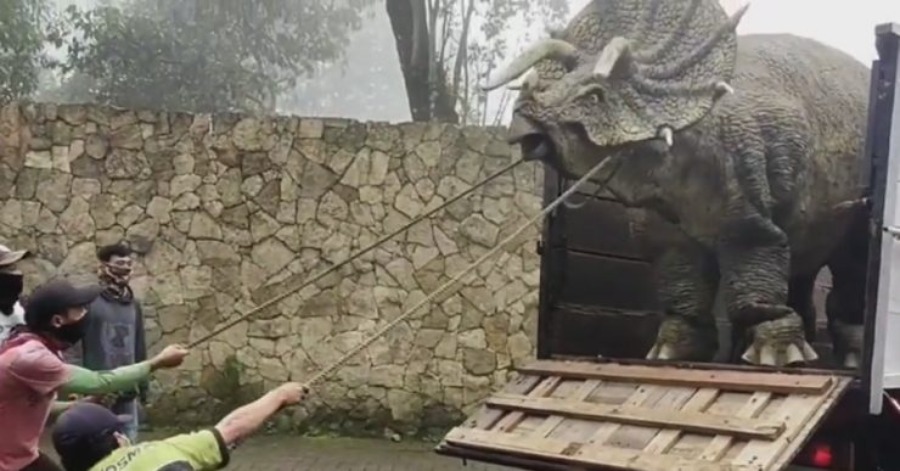Scientists have uncovered mammal hair and dinosaur feather, dating back 110 million years ago, in exceptionally good condition – they say that the animals must have gotten stuck to a tree while sleeping in the early Cretaceous period.
These three strands of mammal hair and feathers are found at the Santa María mine near Teruel, Aragon, eastern Spain.
The feathers are also found in the same site in Teruel, Aragon, eastern Spain. The two pieces of resin containing three strands of mammal hair and dinosaur feathers were uncovered in the Santa María mine near Teruel’s capital Ariño.

These fossils are estimated to be from 105 and 110 million years ago.
These fossils are preserved through the process called ‘pull of vestiture’, a rare biostratinomic process we call “pull off vestiture” that is different from the typical resin entrapment and embedding of organisms and biological remains, and unique to resins.
These animals must have come in contact with resin while they were unaware, and then turn off when they tried to remove themselves from it as the amber dried.
Co-author doctoral student Sergio Álvarez-Parra from the University of Barcelona said: “The determination of both findings is very complex, but it is likely for the feather remains to correspond to the extinct birds Enantiornithes, like other feathers in amber.
“Regarding the lock of hair, we should consider that the surface scale pattern is similar to the current mammalian hair.
“Ariño was already known for its vertebrate fossils, such as the dinosaurs Proa valdearinnoensis and Europelta carbonensis, but no-one thought we could find remains from vertebrates included in amber,” he added.
The dinosaur feathers were found in a piece of amber-shaped stalactite in Saint, just near the Utrillas municipality a few years ago.
Both pieces formed between 105 and 110 million years ago, in the early Cretaceous period.
Senior author Professor Xavier Delclòs, also at the University of Barcelona said: “The feature of the process described in this research is that a somewhat long time must pass between the animal’s contact with the resin and the pulling off of the vestiture.
“Thus, the findings of this study and the new process shed light on the complexity of ecosystems during the Cretaceous,” he said.
The Cretaceous period ended 66 million years ago when the dinosaurs were presumably extinct by a giant comet that fell on the surface of the world. It started 145 million years ago, where the earliest living creatures are founded.
Both pieces of amber are in the Palaeontological Museum of Aragon, Fundación Conjunto Paleontológico de Teruel – Dinópolis.
The findings were published in the journal Scientific Reports.
Source: Dailymail UK









Leave a Comment